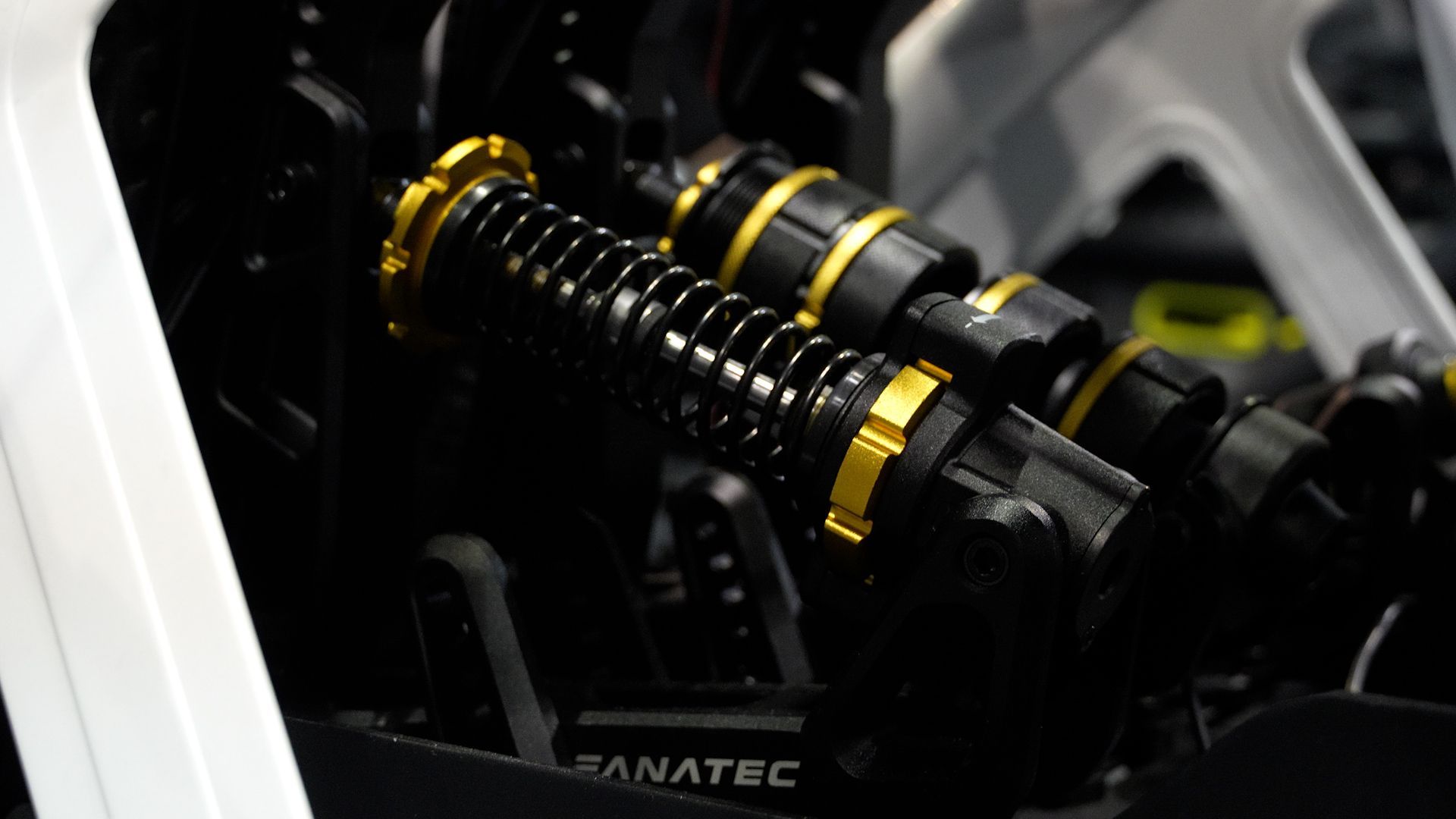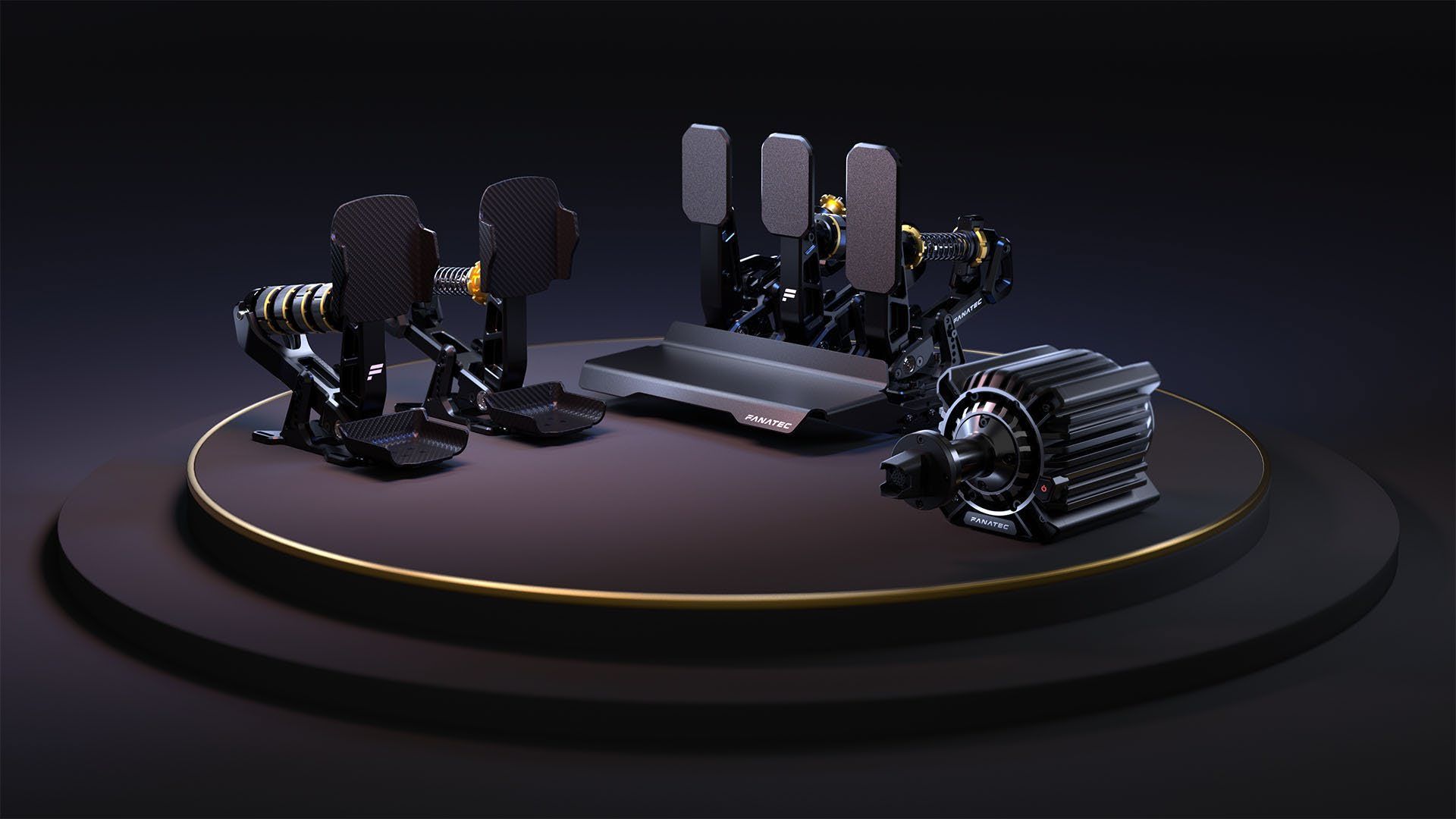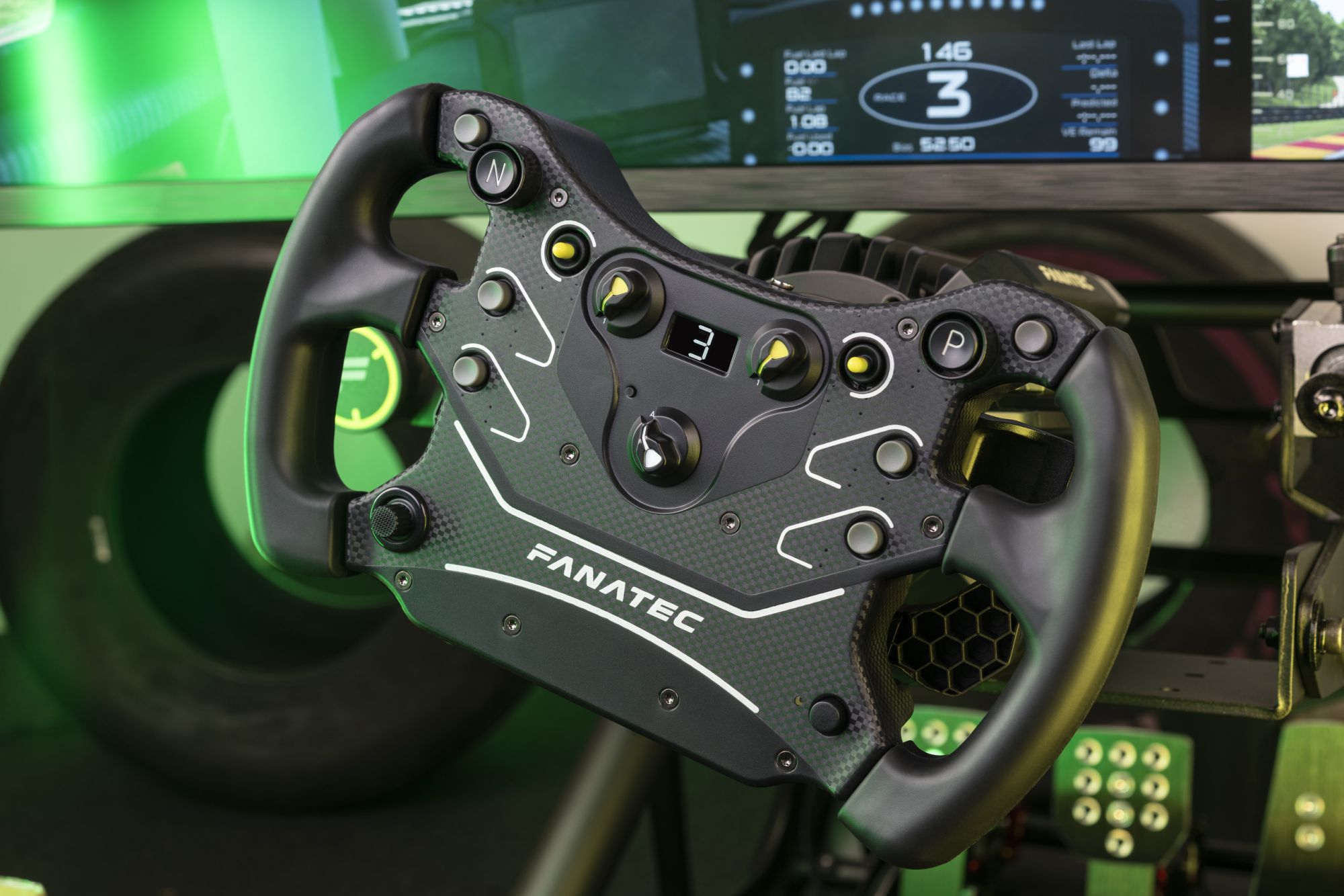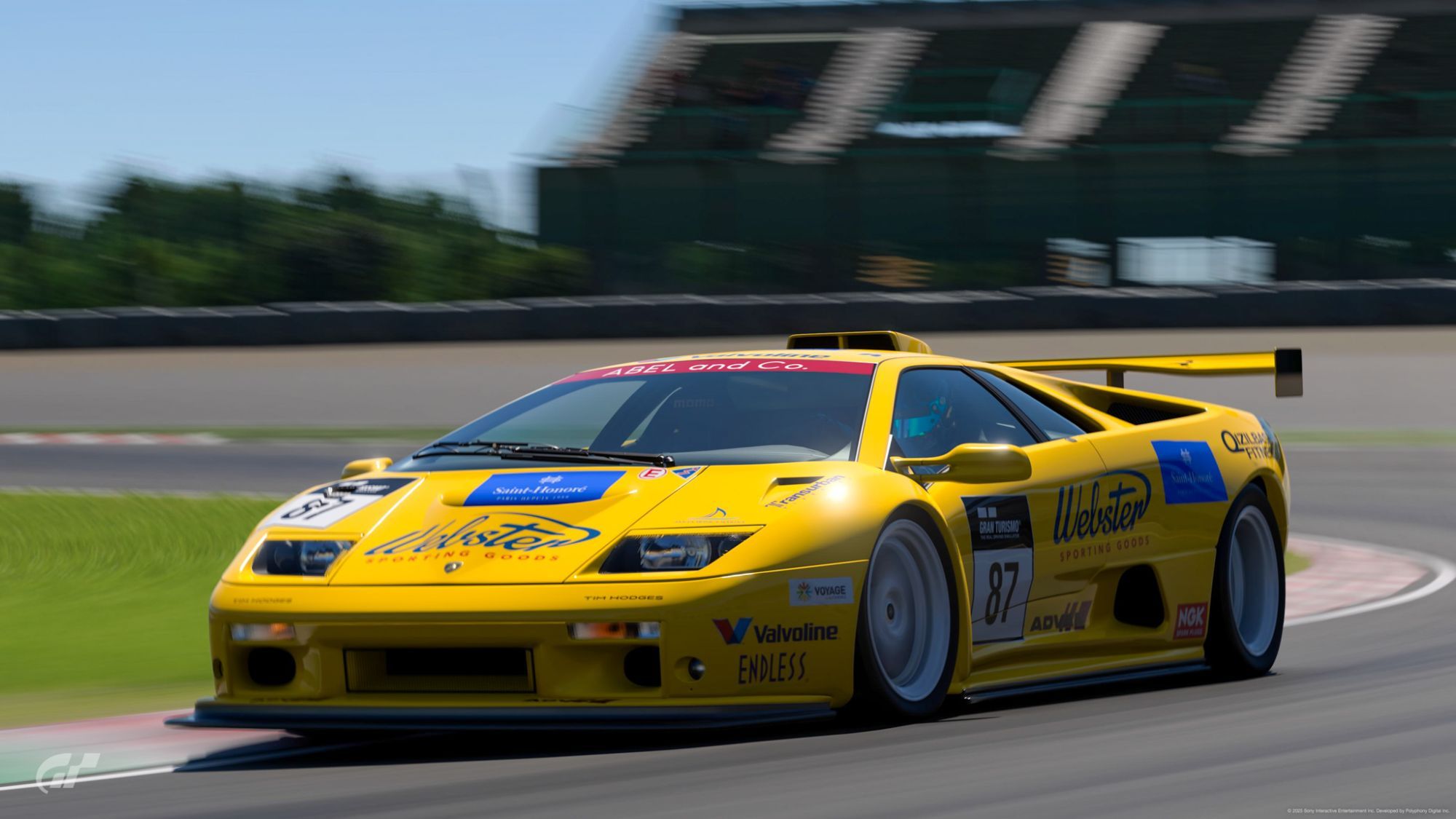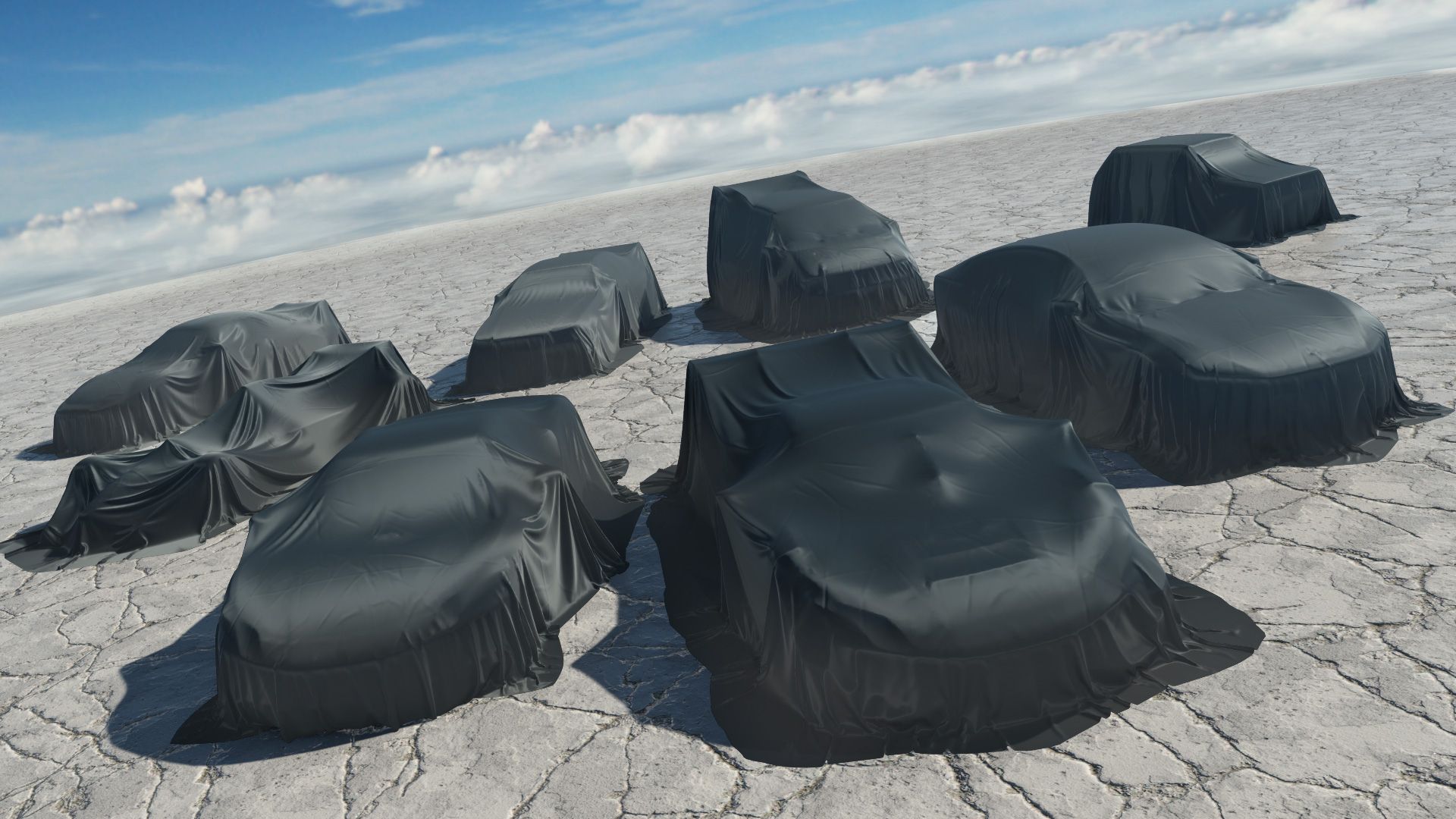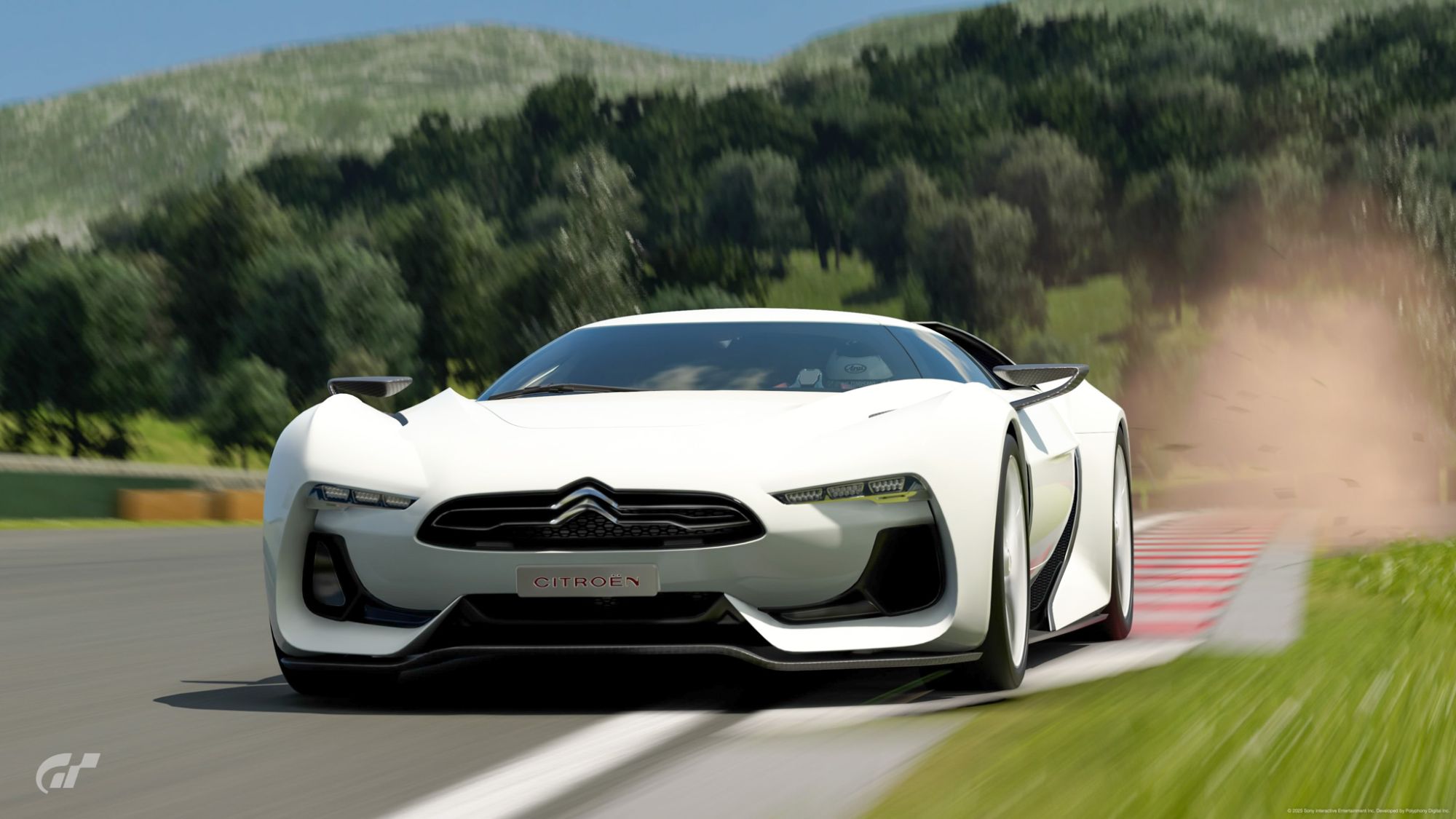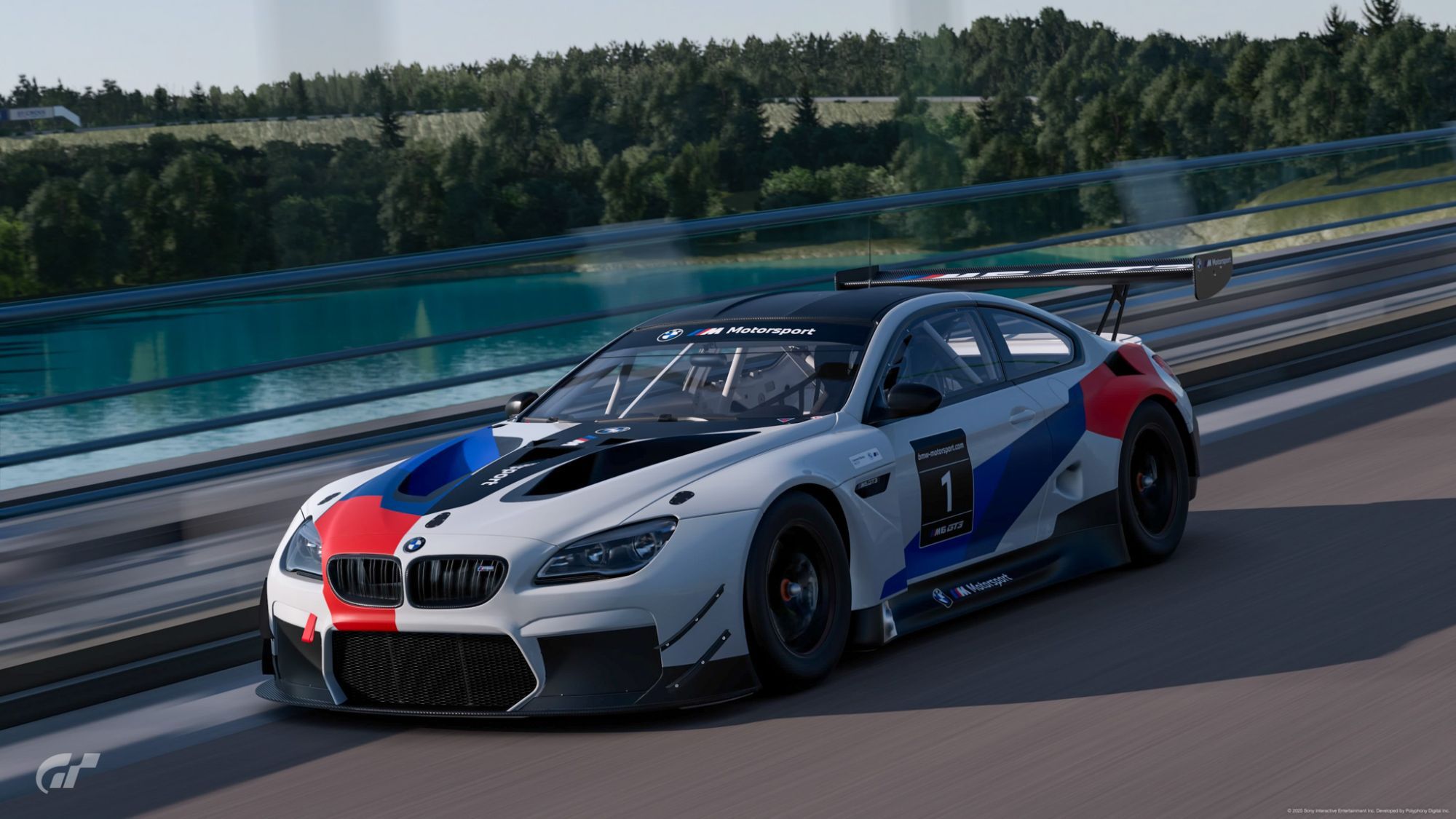
In this article, I’ll share the settings I use in Gran Turismo 7 and my in-game preferences. Keep in mind, these settings reflect my personal preference, and you may find that slightly different adjustments work better for you.
I also recommend adjusting the FFB (Force Feedback) strength on your wheel, as different bases have different peak torque limits. For example, I’m using a ClubSport DD+, which has a peak torque of 15 Nm. If you’re using a lower torque base, like the GT DD Pro, you might want to increase the force feedback settings both in-game and on the wheel itself, as long as it feels right to you.
Porsche Vision GT Wheel Settings
• SEN – AUTO
• FFB – 90 (depends on the car)
• FULL FORCE – 60 (doesn’t matter at this point)
• NDP – 5
• NFR – 20
• NIN – off
• INT – 2
• FEI – 100
• FOR – 100
• SPR – OFF (don’t matter)
• DPR – OFF (don’t matter)
• BLI – OFF
• SHO – ON
• MPS – AUTO
• In-game FFB at 3 or 4 (depending on the car, Sensitivity at 10)
Fanatec Wheelbase Settings Explained
Sensitivity (SEN): SEN controls how your wheel’s physical rotation matches your in-game steering. Aim for a close match between your physical wheel’s maximum rotation (like 540 degrees) and the game’s settings. The AUTO option is usually best for a natural, real-life feel.
Force Feedback (FFB): FFB simulates the resistance and feedback you’d feel in a real car. It’s adjustable from 0% to 100%, so start at 100% and tweak it to match your personal driving style.
FULLFORCE – Force Feedback 2.0 for Direct Drive: FullForce is Fanatec’s next-gen Direct Drive technology, delivering ultra-detailed feedback, from tiny surface changes to subtle engine vibrations. It’s designed to make you feel fully connected to the car. Note that this feature isn’t implemented in GT7 yet.
Natural Damper (NDP): NDP adds damping resistance when you turn the wheel. Higher settings increase damping, reducing sensitivity and smoothing out unwanted wheel movements. Setting it to OFF gives a freer, more responsive feel.
Natural Friction (NFR): NFR simulates mechanical friction, making the wheel feel heavier and helping to reduce oscillations, especially in cars without power steering.
Natural Inertia (NIN): NIN adds weight to the wheel, making it feel more stable, particularly useful for lighter wheels like the P1 or McLaren GT3 rims.
Force Feedback Interpolation (INT): INT smooths out rough force feedback signals. Lower values (or OFF) give raw, unfiltered feedback, while higher values (up to 20) create a more refined, fluid feel.
Force Effect Intensity (FEI): FEI adjusts the sharpness of the force feedback. Higher FEI levels soften the effects, making them feel smoother. Lower FEI values make the feedback more aggressive and punchy.
Force (FOR): FOR sets the base level of directional force the wheel applies. Best left at 100% while you fine-tune other settings.
Spring (SPR): SPR adds a centering spring effect, helping the wheel snap back to center. It has minimal impact in GT7, so it’s usually not critical to adjust.
Damper (DPR): DPR adds extra friction and mass to the wheel’s feel, but it’s not very impactful in GT7. Avoid high settings here, as DPR and NDP function independently.
You can also have a look at Why Wheel Size Matter article.
Comment in the forum




